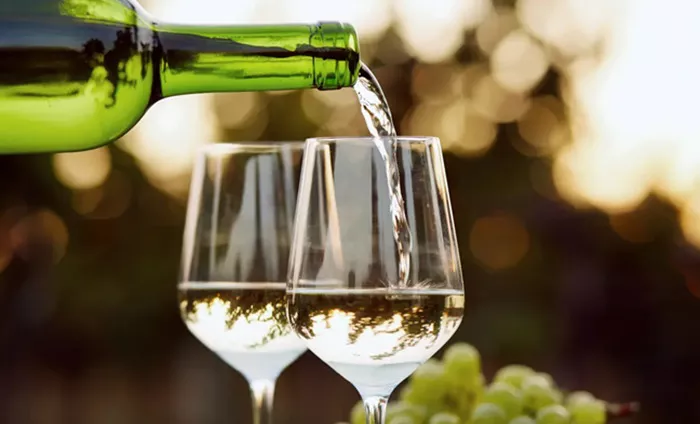The term “wine grower” may seem commonplace, but upon closer inspection, it raises an intriguing question: why do we use this phrase, when vintners aren’t growing wine, but rather cultivating grapes to produce it? The answer lies in a strategic linguistic invention from the 1930s, designed to change the way alcohol was perceived in post-Prohibition America.
Cultural historian Lisa Jacobson, an associate professor at UC Santa Barbara, explains that the term “wine grower” was created by a lawyer working for the Wine Institute. The goal was to take advantage of a marketing initiative run by the California State Department of Agriculture. In order to participate in this program, businesses needed to prove they were producing an agricultural product, and the term “wine grower” provided a clever linguistic solution.
Jacobson notes that the term also helped to evoke the romantic image of the “gentleman farmer”—a symbol of agrarian virtue. This, she argues, was a way of distancing the wine industry from the stigma of alcohol, which had been heavily associated with disreputable behavior during Prohibition.
The story of how alcohol evolved from a frowned-upon indulgence to an accepted part of American society is, as Jacobson reveals, complex and fascinating. In her new book Intoxicating Pleasures: The Reinvention of Wine, Beer, and Whiskey after Prohibition (UC Press, 2024), Jacobson explores the transformation of alcohol’s cultural image from the 1930s to the end of World War II. Despite the repeal of Prohibition in 1933, the social stigma surrounding alcohol remained. It wasn’t until a concerted marketing campaign, driven by the alcohol industry, that drinking became associated with respectability and middle-class values.
“The beverage industry knew it had its work cut out for it,” Jacobson explains. “They launched massive public-relations and advertising campaigns to reinvent drinking as an emblem of the good life.”
Thanks to these efforts, wine, beer, and whiskey gained distinct cultural identities. Jacobson’s research delves into how these industries navigated changing social dynamics, tracing the ways in which their images both converged and diverged.
This historical context remains relevant today, as contemporary challenges—such as new tariffs on alcohol and growing concerns about the health risks of even moderate drinking—could disrupt long-established drinking habits. Jacobson suggests that understanding the marketing strategies behind alcohol’s rise to cultural prominence could offer insights into how other formerly taboo behaviors, like marijuana use and sports gambling, are gaining mainstream acceptance.
A key part of alcohol’s normalization process was its promotion to women, who had been at the forefront of the Prohibition movement. Jacobson notes that after the repeal, alcohol was marketed as a product that could be incorporated into domestic life, with women serving as “civilizing” figures who could ensure that alcohol was consumed in moderation. This narrative, she argues, was essential in shifting public perception and making alcohol part of respectable social gatherings.
“Wine, beer, and whiskey were marketed not just as ways to get drunk, but as part of an idealized lifestyle,” Jacobson says. “Wine was promoted as the drink of busy, employed individuals—people who valued good conversation and socializing without the risk of a hangover.”
Similarly, beer was rebranded from a drink associated with rowdy masculinity to one suitable for family gatherings and barbecues. Yet, by the 1950s, beer marketers began to embrace the drink’s working-class roots, adjusting their campaigns to reflect its more masculine identity.
Jacobson herself is a wine drinker and has a personal connection to the industry. Her father, a wine connoisseur influenced by California’s wine marketing campaigns, even took a wine course during his medical school years. Her professional journey also intersected with the wine world in the late 1980s, when she participated in interviews with California winemakers, during a time when alcohol regulations were tightening.
Today, Jacobson teaches cultural history at UCSB, including a popular course on the history of food, and is working on a second volume of her exploration into the history of social drinking in America, covering the 1950s through the 1970s.
As for cannabis, Jacobson remains cautious about its path to mainstream acceptance. “It’s never a straight line from demon to darling,” she reflects. The same marketing and social forces that shaped alcohol’s place in American life may one day be applied to other once-disreputable substances—if their cultural transformation follows a similar trajectory.
You Might Be Interested In:


